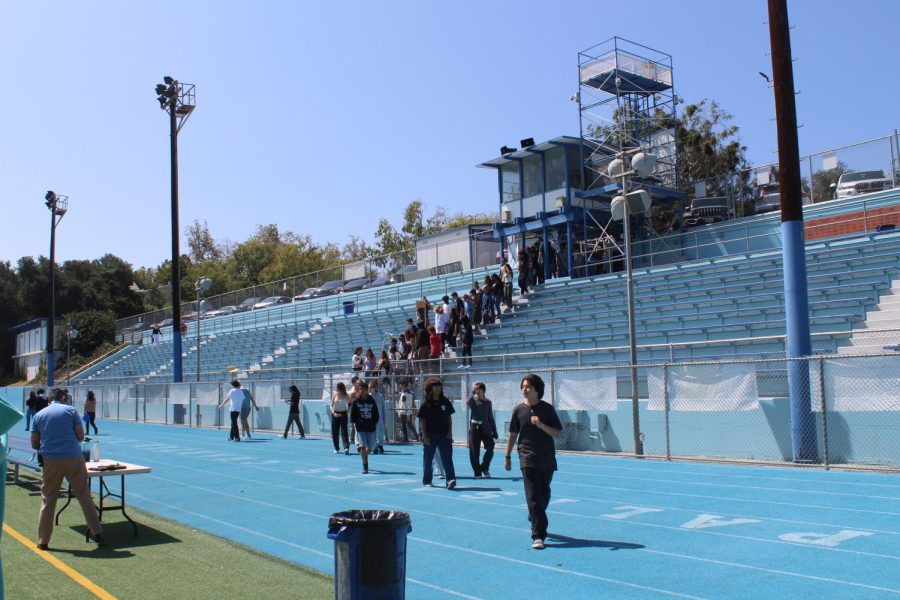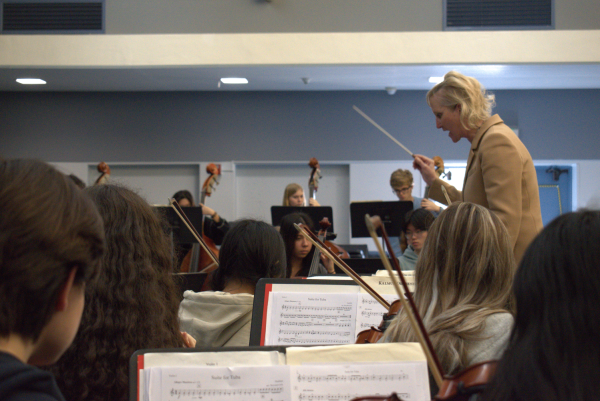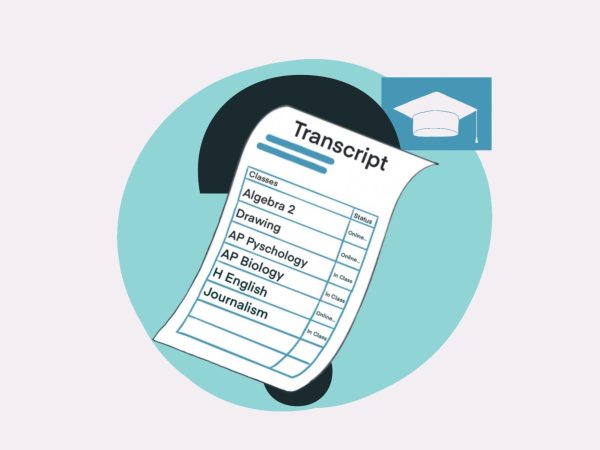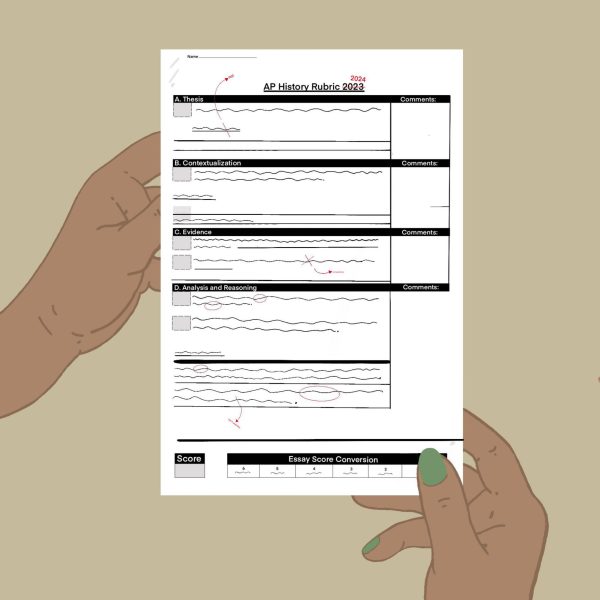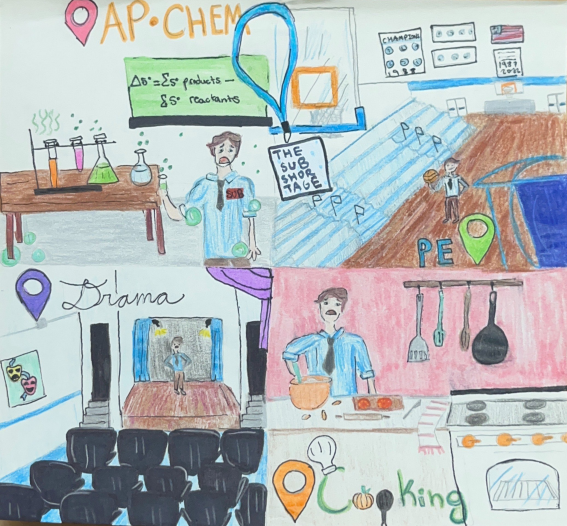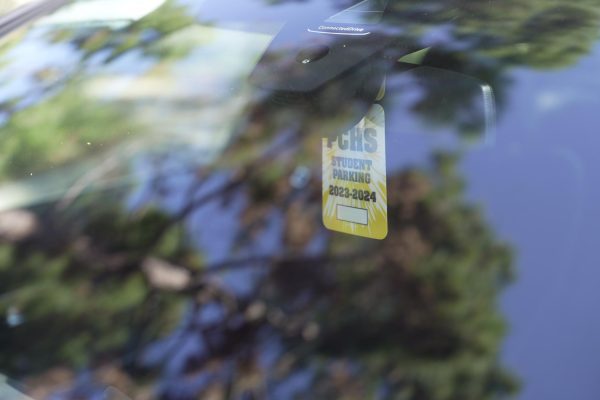Pali Period Debut Draws Mixed Reviews Among Student
As Pali students returned to school after summer break, the new schedule included the 40-minute Pali Period, following third or fourth period every Wednesday.
Pali Period is an Associated Student Body (ASB) organized block providing students additional time to meet with teachers, study and make up work. Mandated safety drills also are held during this time block, minimizing loss of instructional minutes. The addition of the period shortens each Wednesday class period from 100 to 90 minutes and extends the school day by 10 minutes.
At the beginning of the semester, students remained in their third or fourth period class during Pali Period for safety presentations and other school-wide events. Now, students are able to move to other classes in order to receive additional support from their teachers.
A new state law that went into effect this year stipulates that high schools must start at 8:30 a.m. or later. Pali Academic Accountability board members viewed this mandated school start time as an opportunity to introduce the new Pali Period.
“There is an equity issue among students to access tutoring and extra support,” senior class president Talia Davood said. “The idea of the Pali Period is to embed an opportunity for students to get support during the day so they don’t have to choose between getting tutoring and going to lunch or staying for office hours and missing their bus.”
However, not all students agree with Davood.
Sophomore Chloe Krasnow-Lahita said that while Pali Period does provide some benefits, it has its drawbacks.
“I would like to be learning English for a longer amount of time and get work done instead of learning the same surface-level safety drills that we have been rehashing since elementary school,” Krasnow-Lahita said.
Krasnow-Lahita said she worries that chaos is inevitable when the time comes for students to choose which teacher to visit during the Pali Period time block.
“If the majority of students are having trouble in their math class, that is where they will go, leading to a crowd of people in one classroom all trying to get help from one teacher,” she explained.
While sophomore Cate Deiter agrees that the Pali Period activities rolled out during the first few weeks did not promote academic success. She is looking forward to using this time to get extra time to speak with teachers.
“Having a 40-minute time where students can ask questions, get help or make up assignments can have a large benefit on the student body, but it just has to be enforced the correct way,” Deiter said.
The elongated school day also caused some frustration among students.
“I don’t understand why we extend the school day 10 minutes,” Deiter said. “If Pali Period is considered a time where students can get help from their teachers about schoolwork, then it is academic, meaning the time we get out of school should stay the same.”
Krasnow-Lahita agrees with Deiter, noting inconveniences the extra 10 minutes has caused her.
“Before Pali Period, pickup between me and my brother was easy on my mom as the timing aligned,” Krasnow-Lahita said. “Now, we are 10 minutes late to pick him up. We then get home at a later time, meaning my homework gets started later.”
Some students believe that Pali Period will improve as it gets past its early stages.
“I understand Pali Period’s objective, but it still has a long way to go if it wants to succeed and gain the following of the students here at Pali,” Krasnow-Lahita said.

Ava Walker joined Tideline as a sophomore and is now a second-year staff writer. She is a junior at Pali and is extremely excited to further her journalism...
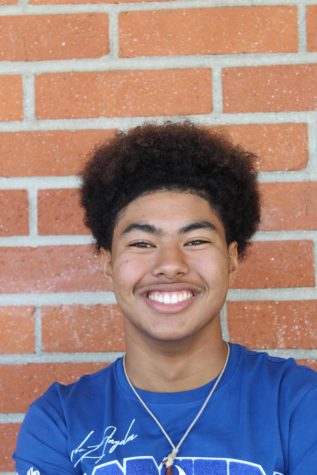
Carter Russell is a senior at Pali High, and this his first year on the Tideline staff. Working as a staff photographer, he hopes to capture captivating...


